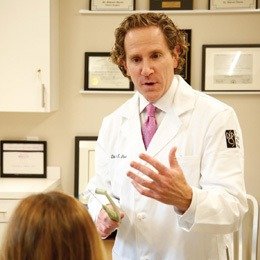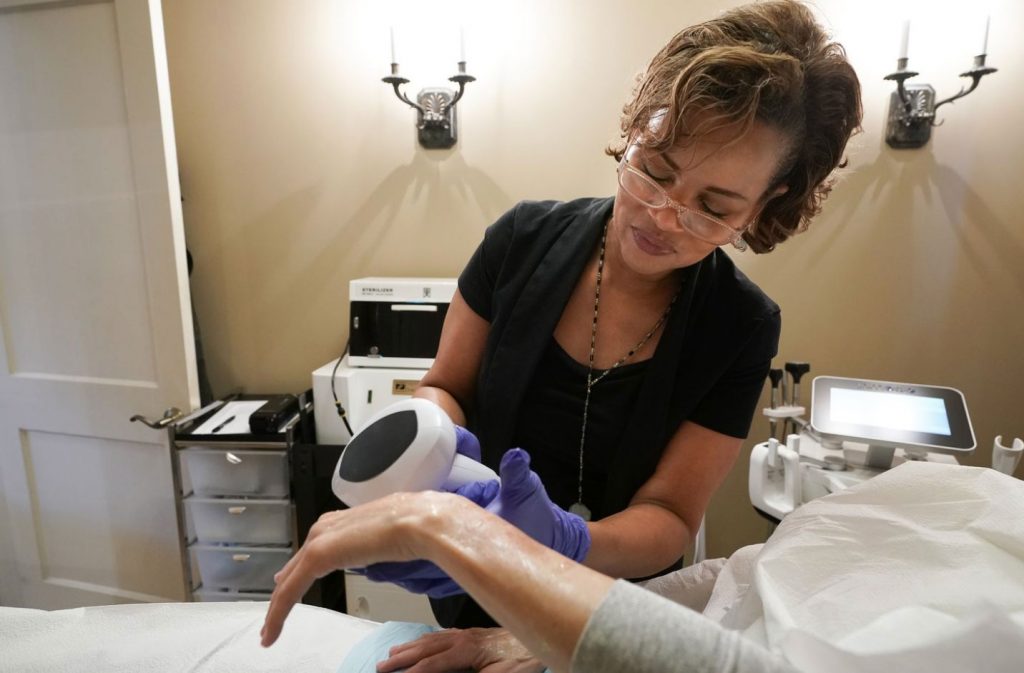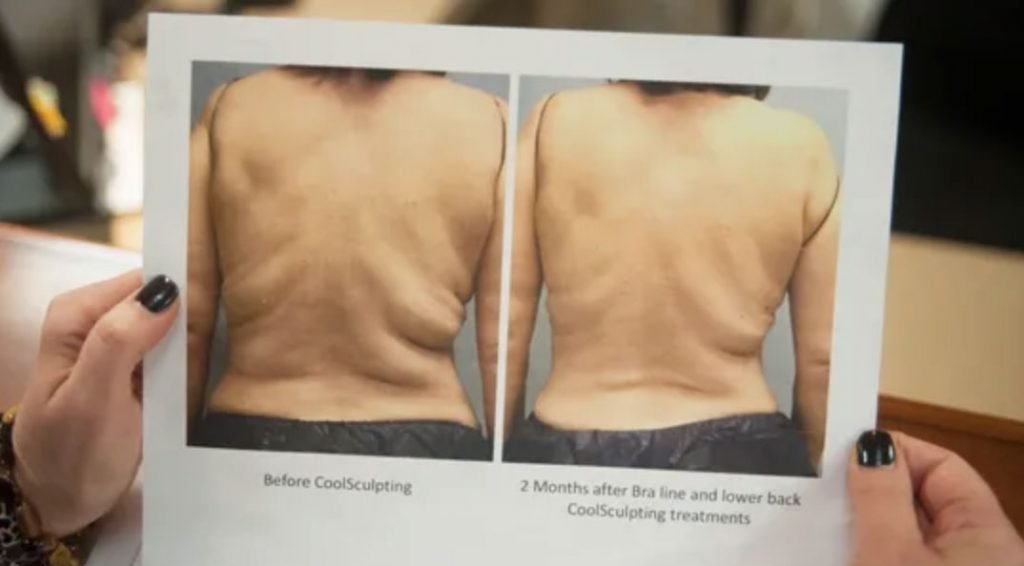[suburbanlifemagazine.com • Oct, 2017]
 Plastic surgery is in the middle of a revolution, of sorts. In years past, a patient would schedule a consultation with a plastic surgeon, who would then explain everything in detail and provide packets of information to take home. That still happens today, but thanks to smartphones and 24/7 Internet connectivity, many people already know the specific procedures they are interested in by the time they step into a surgeon’s office.
Plastic surgery is in the middle of a revolution, of sorts. In years past, a patient would schedule a consultation with a plastic surgeon, who would then explain everything in detail and provide packets of information to take home. That still happens today, but thanks to smartphones and 24/7 Internet connectivity, many people already know the specific procedures they are interested in by the time they step into a surgeon’s office.
We spoke with Dr. Steven Davis of Davis Cosmetic Plastic Surgery, which has locations in Philadelphia and New Jersey, about what he describes as a “plastic surgery revolution.” Dr. Davis, who is a Board-Certified Plastic Surgeon and Chief of Plastic Surgery for Jefferson Health, as well as a fellow of both The American College of Osteopathic Physicians and Surgeons and The American Academy of Cosmetic Surgery, talked about not only which procedures are becoming increasingly popular, but also about some new minimally invasive procedures —including one that enables patients to shed fat without having to go under the knife.
[For the full article, please visit suburbanlifemagazine.com]


